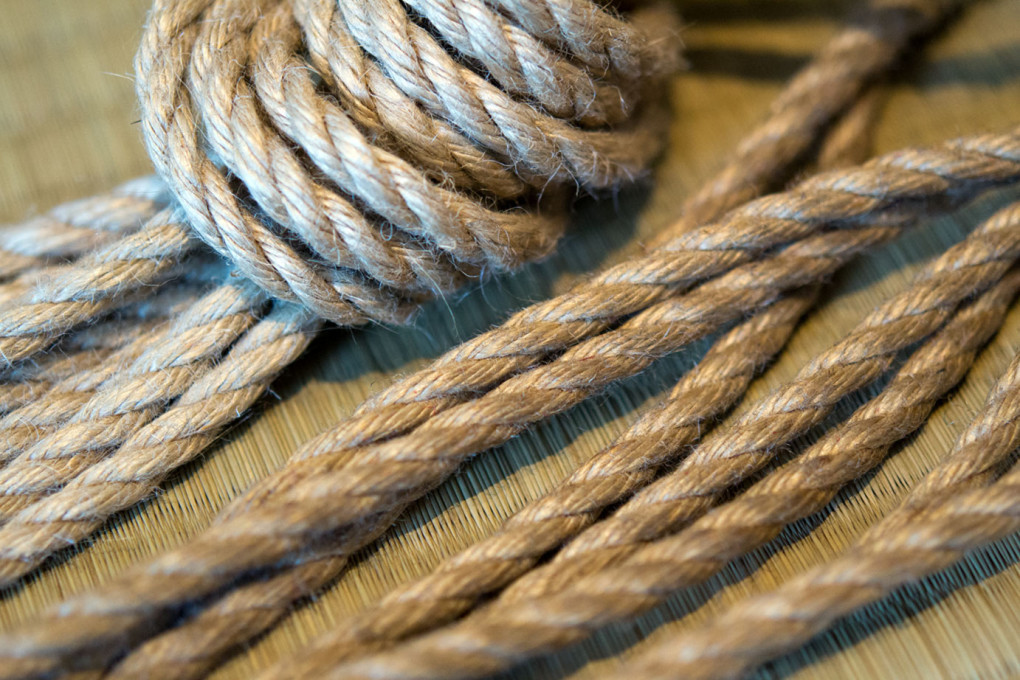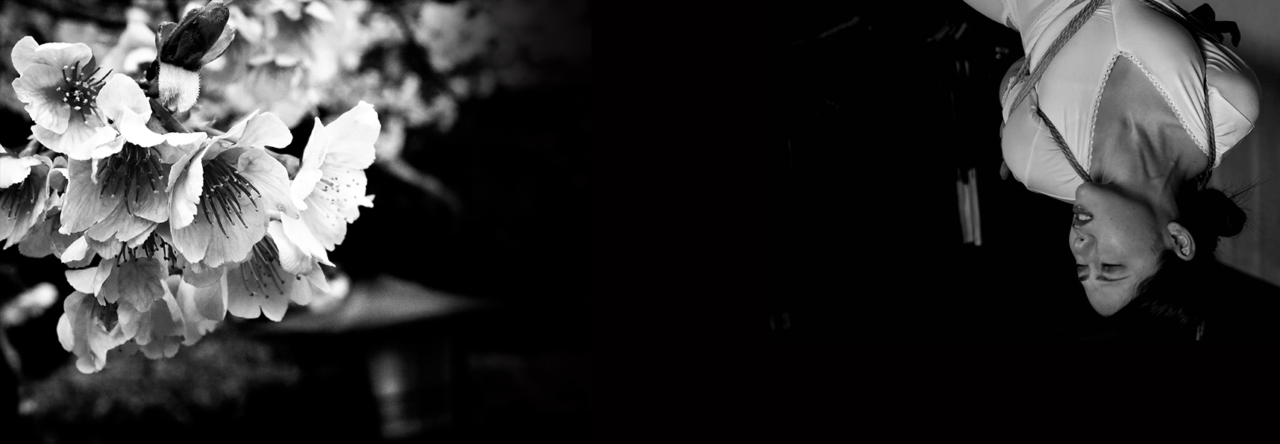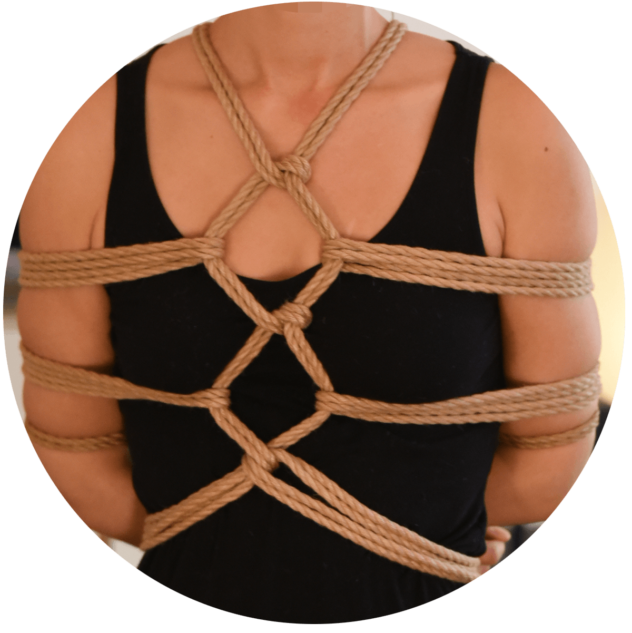Nawajiri is the term for the longer part of the rope. It is also called the “running end”. The nawajiri can also be the end of the rope just before the knots. It can be actively used for communication with the model and plays a great role as a real and metaphorical connection between the bakushi and the model.

The work with the Nawajiri is an essential part of the training. Especially in Yukimura-Ryû it plays a prominent role. This minimalist style emphasizes tension and requires great sensitivity and experience.





